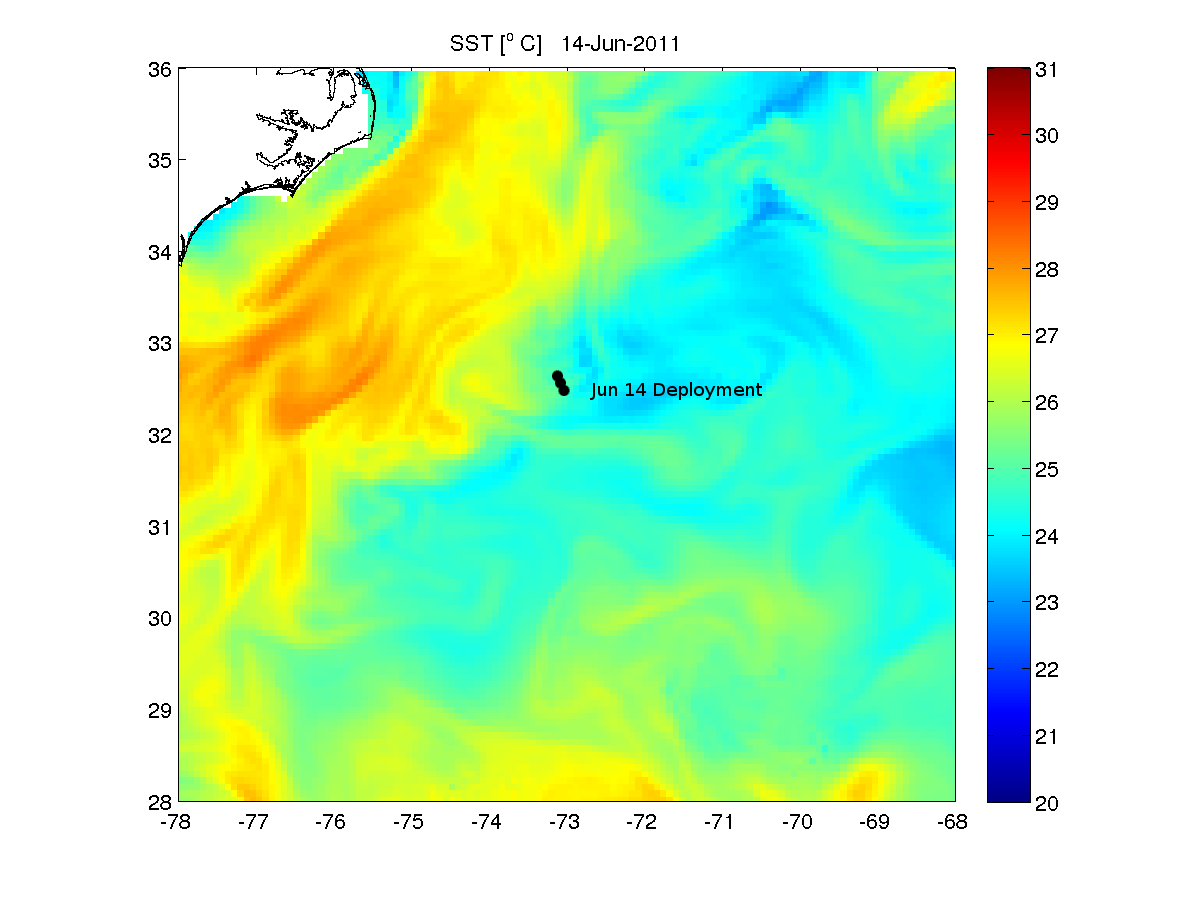
Lab members
SMAST Homepage
UMASS Dartmouth
Updates:
LatMix 2012 Ocean Sciences talk
LatMix 2011 Field work
Funding and Employment Opportunities
Research Projects:
MerMADE: Merrimack River Mixing and Divergence Experiment
AUV Turbulence Measurements in the LOCO Field Experiments
Recent Manuscripts:
Complete list
Goodman, L., Sastre-Cordova, M. (2011), On observing acoustic backscattering from salinity turbulence. J. Acoust. Soc. Am., 130.2 (2011):707-715.
Goodman, L. (2011), Application of the Robinson biodynamical theory to turbulence. Dynamics of Atmospheres and Oceans, 52.1-2(2011):8-19.
Sullivan, J. M., McManus, M. A., Cheriton, O. M., Benoit-Bird, K. J., Goodman, L., Wang, Z., Ryan, J. P., Stacey, M., Holliday, D. V., Greenlaw, C., Moline, M. A., & McFarland, M. (2010). Layered organization in the coastal ocean: An introduction to planktonic thin layers and the LOCO project. Cont. Shelf Res., 30(1), 1-6.
Wang, Z., & Goodman, L. (2010). The evolution of a thin phytoplankton layer in strong turbulence. Cont. Shelf Res., 30(1), 104-118.
Goodman, L., Levine, E.R. and Wang, Z. (2010). Sub surface observations of surface waves from an autonomous underwater vehicle (AUV). IEEE Journal of Oceanic Engineering 35(4), 779-784. doi:10.1109/JOE.2010.2060551
Wang, Z. and Goodman, L. (2009), Evolution of the spatial structure of a thin phytoplankton layer into a turbulent field. Marine Ecology Progress Series. 374:57-74 Doi:10.3354/meps07738.
Levine, E.R., Goodman, L., & O'Donnell, J. (2009). Turbulence in coastal fronts near the mouths of Block Island and Long Island Sounds. J. Marine Syst., 78(3), 476-488, October.
Merrimack River Mixing and Divergence Experiment (MerMADE)
The Merrimack River Mixing and Divergence Experiment, MerMADE, is a multi-year collaborative study to examine the creation of coastal currents through the transition of an energetic river discharge from buoyant jet to geostrophic plume. The river plume is studied through a numerical model created by Robert Hetland (Co-PI, Texas A&M), data collected from towed profiles and drifters deployed by Dan MacDonald (PI, UMassD), and data collected using the T-REMUS.
The T-REMUS was deployed in both the 2007 and 2010 field experiments to measure the near field and mid field turbulence and mixing outside the mouth of the Merrimack River. The vehicle was operated in a yoyo pattern from the mouth of the Merrimack River out to a distance of about 4km. This sampling pattern allowed for the collection of data from above, below, and at the interface of the plume as the tide progressed.
The T-REMUS has many advantages to towed sensors in this particular environment. Its autonomous nature allows it to take measurements that may otherwise be contaminated by the presence of a boat. Its operating duration of 10-12 hours allow measurements to be taken over almost an entire diurnal tidal cycle.
Our group is focused on understanding the generation and decay of turbulence along the interface between the buoyant plume and the ambient ocean water. Understanding this interaction will allow for better models of the process and could be applied to other estuaries to measure things such as the dispersion of pollutants that come from estuaries. Analysis of the both data sets is currently underway.
 Turbulence REMUS Upgrades
Turbulence REMUS Upgrades LatMix 2011 Field work
LatMix 2011 Field work